Columbia River Maritime Museum visit
The Northwest corner of Oregon, Astoria this weekend, was very picturesque. A giant bridge silhouetted hills on the north side of the Columbia. Astoria is
The Northwest corner of Oregon, Astoria this weekend, was very picturesque. A giant bridge silhouetted hills on the north side of the Columbia. Astoria is
In the years following the Oregon Indian wars of the 1850s, there were continuous claims by settler for losses due to Indian depredations. The claims
Joel Palmer was an extremely busy man in 1856. In the midst of traveling back and forth across Oregon, he was ordering supplies, directing employees, and negotiating with…
In the history of treaty making , there were two treaty periods for western Oregon, 1851, and 1853 to 1855. The 1851 treaties, 19 of them, were negotiated…
In 1856, Joel Palmer had some 4000 Natives removed from their homelands to the Coast and Grand Ronde Indian Reservations. Up to at least April of 1856 the…
The Chetco Indians, perhaps more than nearly any other tribe on the Oregon coast, were repeatedly attacked by racist white settlers before their removal. In a previous set…
There are numerous oral histories from tribal people in Oregon about catastrophic events, fires, volcanic eruptions, floods, tsunamis. Many of these stories are fantastically imagined and are likely…
In numerous essays on this blog I have noted that many of the tribes considered the most violent, and those who had participated in the wars in southwestern…
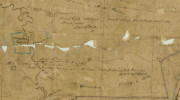
When Joel Palmer was appointed to Superintendent of Indian Affairs in May 1853 he had a good working knowledge of the tribes but had never visited the southern…

The first Rogue River War was a series of skirmishes and battles between mainly gold miners and the tribes. The miners had no regard for the tribes and…
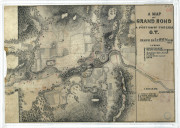
Previous essays have addressed the poor treatment of the tribes on the Grand Ronde Indian Reservation into the late 1860s. In 1869 during his inauguration speech, newly elected…
Joel Palmer was the Indian Agent at the Siletz Agency in 1871 and had responsibilities, as emphasized in his 1871 journal, over continuing to removing Indians from the…
In 1874, Joel Palmer was again an independent contractor for the Indian service, after having completed a two-year stint as the Indian Agent for the Siletz Agency. Palmer…
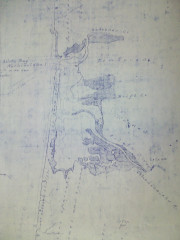
The Siletz placename is something of a mystery. Leo J. Frachtenberg, the ethnologist assigned to collect native languages on the Grand Ronde and Siletz reservations in about 1913, …
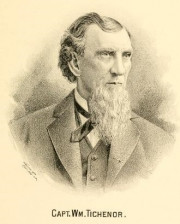
In July 1851, Captain William Tichenor decided to begin his project to colonize and claim the Port Orford area. He envisioned that the establishment of a town at…
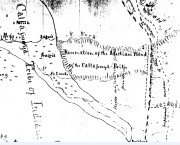
1850 June, the First treaty in the North West Coast and West Coast, a Treaty of Peace negotiated with General Joseph Lane and the Takelma- Rogue River Tribes…
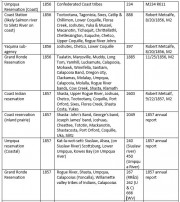
Removal of the western Oregon tribes to the reservations was a tumultuous affair. Caravans from the Umpqua and Table Rock reservations to place in the dead of winter…
In the 1860’s the western Oregon reservations were still struggling with feeding all the Indians despite promises by Indian agents, and the treaties, that when they removed,…
Albert B. Meacham was an Indian agent in the 1860’s and 70’s and oversaw some changes in the reservations. He attempted to give the tribes some voice in…
I have previously written about how the coastal tribes were relocated to several river estuaries within the Coast Reservation (Siuslaw, Yachats, Alsea, Nashesne, Siletz and Umpqua). There the…
The Grand Ronde Indian reservation was a sudden change in plans for Joel Palmer in 1855. When the Rogue River war began, and other conflicts with tribes north…
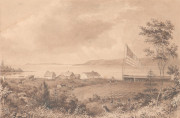
Lt. William A. Slacum, a Navy purser, was sent by the President, through the Department of State, as a special investigator to the Oregon Territory to investigate the…
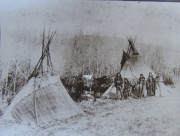
For years, I have stated that the tribes did not have bison in Oregon, so they would not have made tipis. This is why the tribes have…
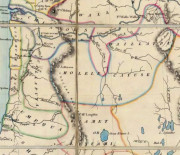
Horatio Hale’s created what may be one of the earliest ethnographies of the tribes of the Pacific Coast. Remarkable as it is, Hale’s ethnography is both interesting and…